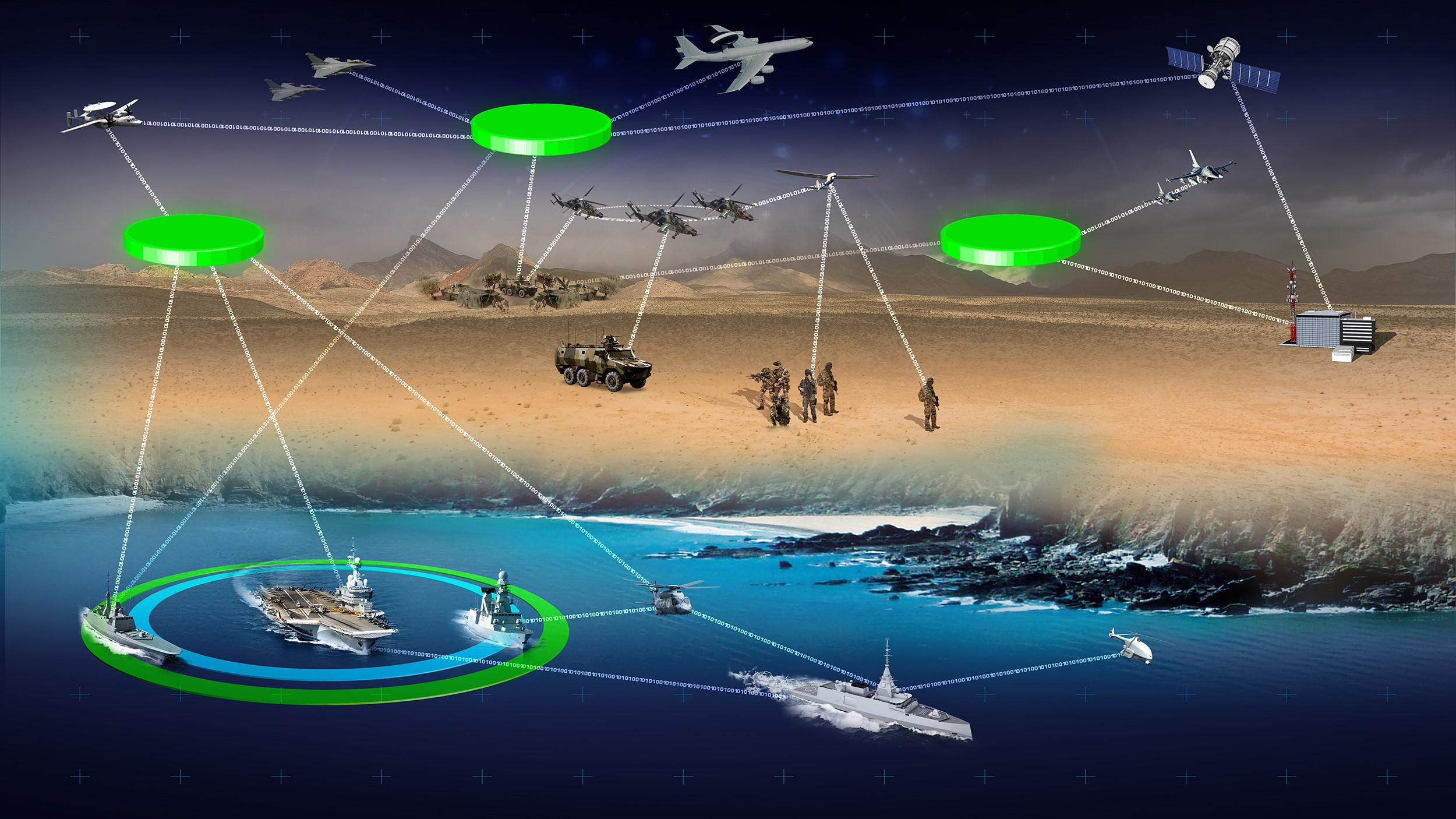In a significant military development that might affect how a clash between Taiwanese-American and Chinese forces pans out, Taiwan has announced it will acquire the North Atlantic Treaty Organization’s (NATO) Link 22 tactical data link systems.
China ‘Furious’ With France For Placing Its Fighter Jets In Its Backyard: Recalling Taiwan’s Acquisition Of Mirage-2000
Lee Shih-Chiang, the head of the Republic of China’s Ministry of National Defense (MND) Department of Strategic Planning, made the statement at a meeting of the legislature’s Foreign Affairs and National Defense Committee.
Data links are digital radio-based systems that interconnect multiple air and ground assets. They share each platform’s view and position and present a tactical battlefield picture. Core data regarding information and input can also be sent to multiple assets.
Coalition militaries of various countries, like NATO, find particular utility for data links, like the predominant Link 16, which is common across nearly every American and European tactical and strategic fighting platform.
Fallback When Chinese Jam Communications?
A report in Taipei Times said the People’s Liberation Army (PLA) is likely to jam Taiwanese radio communications through electronic warfare (EW).
Saying Link 22 “could prevent that” implies a scenario where Taiwanese fighters, ground command and control centers, and warships are not entirely cut off from each other.
Broadly aware of the other’s position, weapons data, fuel, and the location of nearby PLA forces, they can receive further advanced information from American surveillance assets like the E-3 Sentry Airborne Early Warning (AEW), RC-135 Rivet Electronic Intelligence (ELINT) aircraft and RQ-4B Global Hawk strategic surveillance drones.

These aircraft would fly around the South and East China Seas, keeping a watch on the battlefield during a potential Taiwan crisis.
How Advanced Is The Link 22?
The data linking and sharing are also markedly different and diverse than the Link 16 systems on some of the leading four and 4.5-generation fighters.
Link 16 merely transmits positional, fuel, and weapons payload data other fighters are carrying and some communication information in an omnidirectional fashion, spreading everywhere, with the transmission highly vulnerable to being intercepted.
But using the Link-22 boasts greater anti-jamming capabilities and improves command efficiency while providing faster communications transmissions.
Chieh Chung, an associate research fellow with the National Policy Foundation in Taipei, was quoted saying that Link 22 is a substantial advancement over Link 16. “It greatly strengthens anti-jamming capabilities and improves command efficiency while providing faster communications transmissions,” Chung said.

Taiwan’s own domestically developed data link system, built by the Chungshan Institute of Science and Technology (CIST), is very broadly based on the American Link 16 and meets many of its military’s needs.
But Link 22 allows it to tap into US military data links directly, as the latter’s assets will surely see some level of participation in a conflict with China.
Even if it is assumed the nature of US involvement would only be complementing and secondary – logistics, arms transfers, and providing surveillance and targeting as it does for Ukraine – having access to additional surveillance and battlespace information from superior US technology gives Taiwanese commanders many options.
Su Tzu-yun, a research fellow at Taiwan’s Institute for National Defense and Security Research, further differentiated between the Link 16 and Link 22 systems, saying the latter uses high-frequency and ultra-high frequency bands that can operate long distances without a satellite.
Link-22 features an automatic grouping function that can fully map out the positions of enemy and friendly forces via a common operational picture (COP), Su said.
China’s XS-3 and DTS-03 data links are already superior to Link 16. Hence Taiwan receiving the Link-22 gives it a massive edge in tactical situational awareness.
The Link 22’s website describes it as “beyond the line of sight (BLOS) communications” and “gap less communication across 1000 nautical miles.”
Seven specific NATO member nations are a part of the Link 22 project, including the US, UK, France, Canada, Germany, Italy, and Spain.
Developed as an improvement over the older Link 11 and meant to complement Link 16, the program enhanced data exchange and provided a new layered communications architecture.
China Unhappy
China’s Foreign Ministry and other defense commentators slammed the development, saying such arms sales do not deter China’s position on Taiwan and that the actions are meant to encircle and provoke Beijing strategically.
Reacting to the transfer of Link 22 and the first shipment of FIM-92 Stinger man-portable air defense (MANPAD) systems that arrived on the island, Foreign Ministry spokesperson Mao Ning called it an “extremely wrong and dangerous move.”
The report in Global Times also quoted leading military expert Song Zhongping, who pointed out that the transfer of the Link 22 essentially proves the US would be commanding and directing Taiwanese operations. This implied they were less likely to take on the Chinese military frontally.
“The man-portable air-defense system like the FIM-92 Stinger missile has proved its lethality in urban warfare…and once Taiwan authorities obtain the Link-22 system, it means that the island will be brought under the US combat command structure,” Song said.
At a political level, the US agreeing to give Taiwan Link 22 means the North Atlantic Treaty Organization (NATO) leadership has fully consented and is on board.
This shouldn’t be a surprise as the bloc has been trying to make inroads into Asia by enhancing cooperation with Japan and adopting a hardline on China over Taiwan, calling it a future Ukraine.
- The author can be reached at satamp@gmail.com
- Follow EurAsian Times on Google News




